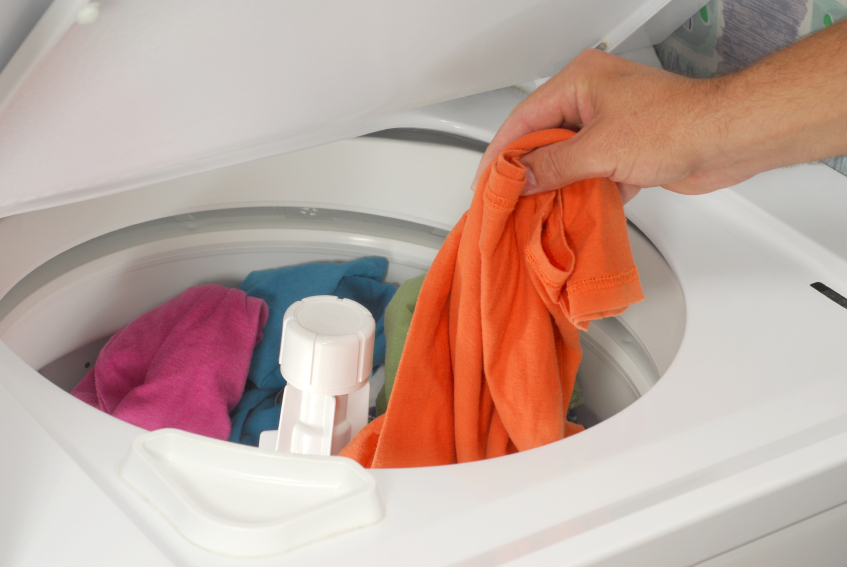Washing machine problems seem to come at the most inopportune times. Most frustrating are the slow-growing problems where the washer just doesn’t seem to work as well. Your washer can also go kaput mid-cycle, leaving your clothes in stagnating water. If you’re lucky, you can avoid a big puddle of water and suds in your laundry room floor.
Some washing machine issues are inevitable. There’s not really much you can do about parts that wear out.You can, though, prevent washing machine issues by spending just a few minutes each month checking your machine for wear and tear. These mini-washer maintenance sessions can help ensure that your machine gives you years of trouble-free service.
Schedule a date on your calendar each month to do these simple washing machine maintenance checks.
1. Check all the connections at the rear of the machine to make sure they are tight and properly seated. Check for wet spots or slow leaks that may grow into bigger problems, and replace or seal worn connections. Rubber hoses can weaken over time, so it’s best to replace them with braided steel hoses to avoid sudden splits.
2. Run a wet cloth or paper towel around areas of your washing machine that collect lint and water, like the inner areas of the gasket, detergent dispensers, and draining areas. Old water and lint can bring mildew and unpleasant smells, which can eventually cause mold in your washing machine. If you do a lot of laundry, you may want to give your washer a wipe-down every two weeks.
3.If your washing machine has a self-cleaning option, run the cycle monthly to remove dirt and detergent residues. If your washing machine doesn’t self-clean, you can create your own washing machine cleaner with a few simple household ingredients. Add one cup of vinegar and one cup of baking soda to your washing machine, and run a quick wash cycle with hot water. If you cannot remove the detergent and fabric dispensers in your machine, fill with vinegar prior to running this cycle. After, leave the door open to allow your machine to dry completely.
These same tips are effective for maintaining both top-loading and front-loading washers. Be sure to read your washing machine’s manual to follow the guidelines for load size and detergents. Front-loading washing machines are also more likely to accumulate water and lint in the door gasket, which may require more frequent cleaning.
Give your washing machine some regular TLC, and it will take good care of you for many years to come. If your family does several loads of laundry a week, these simple washer maintenance steps can help save money on repair men and new machines.
Post Author: andyc.




